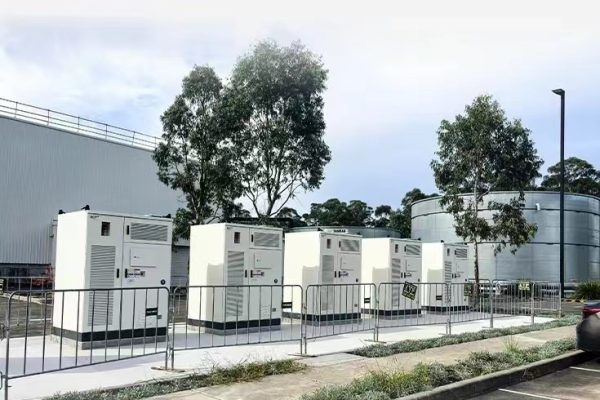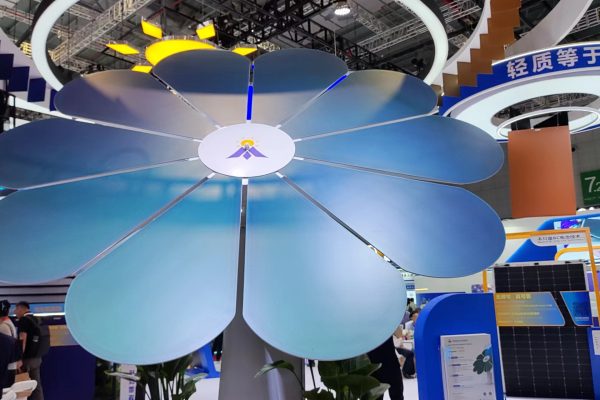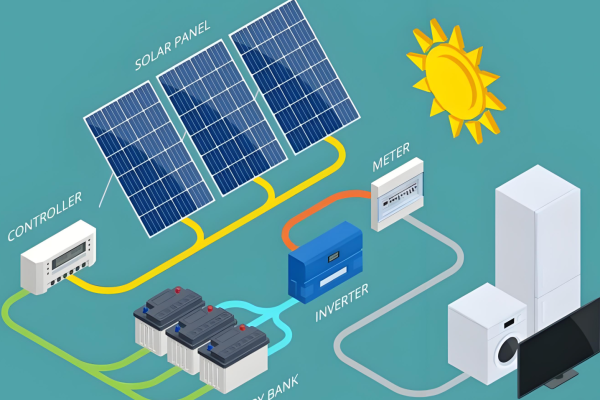How Smaller Engineering Firms Can Stay Competitive and Profitable
In the growing global solar + storage market, small and medium-sized EPC (Engineering, Procurement, and Construction) companies play a crucial role—especially in residential, commercial, and light industrial projects ranging from 5 kW to 500 kW.
But unlike large national contractors or utility-scale developers, SME EPCs face tight cash flow, limited warehousing, and project-by-project risk. This makes their procurement strategy a critical success factor.
This guide outlines practical procurement strategies for SME EPC firms looking to stay efficient, cost-effective, and responsive to local project needs.
🎯 Understand Your Procurement Position
Unlike large-scale players who can place container-level orders months in advance, SME EPCs often buy:
- Per project or per batch (e.g. 2–5 systems at a time)
- With tight installation timelines
- While managing multiple brands across inverter, battery, PV
Knowing this allows you to optimize for flexibility and risk control, not just per-watt cost.
🧩 Strategy 1: Build Relationships with Technical Traders, Not Just Factories
Factories focus on volume and MOQ. Technical traders, especially those specialized in solar + storage systems, can offer:
| Benefit | Why It Matters |
|---|---|
| Lower MOQs | Buy what you need, when you need it |
| Faster lead times | Warehouses or mixed containers |
| System-matched bundles | Inverter + battery compatibility assured |
| Support in documentation | Datasheets, testing, shipping prep |
| Bilingual support | Smooth communication in spec-sensitive orders |
Look for partners that understand system compatibility, not just sell components.
💡 Strategy 2: Standardize Key SKUs Across Projects
While every project is different, over-customization increases:
- Inventory complexity
- Installation errors
- Communication issues with suppliers
Instead, develop a core BOM set (e.g. 5kW hybrid inverter + 10kWh LFP) and adapt around it. This allows:
- Easier staff training
- Smoother procurement
- Better pricing leverage
🔄 Strategy 3: Plan for Lead Time Buffers in Hybrid Projects
Battery-related products (especially hybrid inverters) often have variable lead times—from 2 to 8 weeks depending on certifications, firmware, and port congestion.
For SME EPCs, the risk is real:
- Late delivery = missed install date = unhappy customer
- Rushed substitutions = compatibility issues
Procurement tip: Always get lead time confirmation in writing, and ask:
- If firmware is factory-loaded or needs field updates
- Whether shipping is EXW, FOB, or DDP
- If customs support (HS codes, MSDS, UN38.3) is included
🔍 Strategy 4: Focus on Total Procurement Cost, Not Just Unit Price
Cheap inverters or batteries with poor documentation or firmware issues can cost more in after-sales.
When evaluating suppliers, include:
- Warranty terms (who covers what?)
- Commissioning tools or support
- Communication protocol support
- Packaging durability
- RMA and spare part terms
A slightly higher upfront price may save hours of integration work—or thousands in reinstallation costs.
🛠️ Strategy 5: Keep a Basic In-House Stock of Swappable Items
Having a few spare batteries, inverters, or control boards can save you:
- Emergency site returns
- Unplanned delays due to faulty items
- Loss of trust with clients
Even for SME EPCs with limited warehousing, a mobile kit of backups is increasingly common.
📈 Bonus Tip: Bundle Services with Equipment
If you’re buying hybrid inverters or batteries from reliable partners, ask about pre-configuration, such as:
- Setting up EMS/BMS addresses
- Parallel operation parameters
- Firmware updates pre-shipping
You can bundle installation + configuration + commissioning as a value-added service for your client—and reduce field setup errors.
✅Procurement Success for SME EPCs
| Focus Area | SME Strategy |
|---|---|
| Volume & Cost | Buy per project, but standardize SKUs |
| Supplier Type | Prioritize technical trading partners |
| Lead Time Risk | Confirm early, plan buffers |
| Cost Analysis | Consider after-sales & integration, not just unit price |
| On-site Flexibility | Stock basic spare parts |
| Client Value | Pre-configure systems, bundle services |
With the right procurement strategy, SME EPCs can punch above their weight—delivering reliable, scalable projects without tying up working capital or creating future liabilities.









